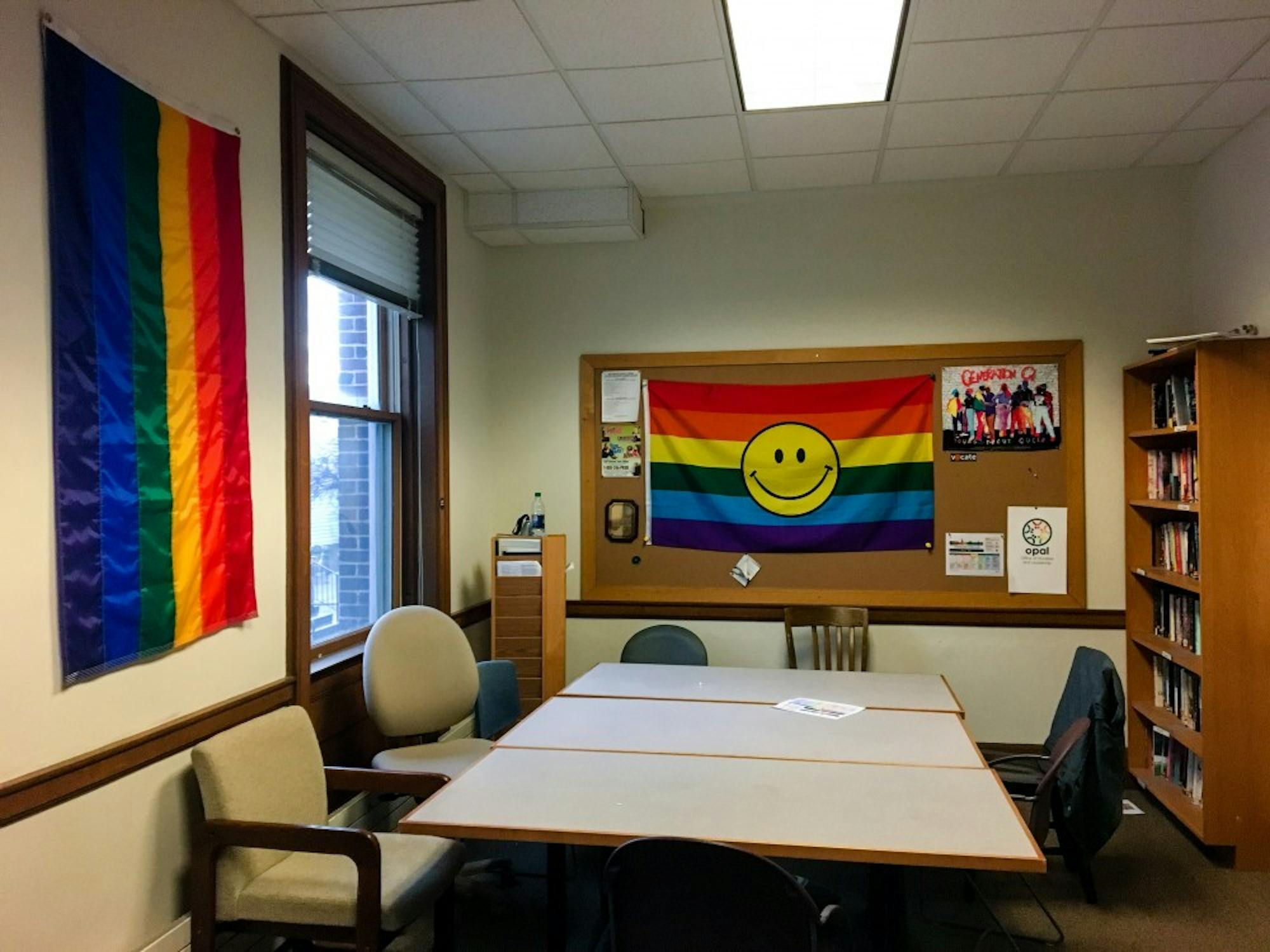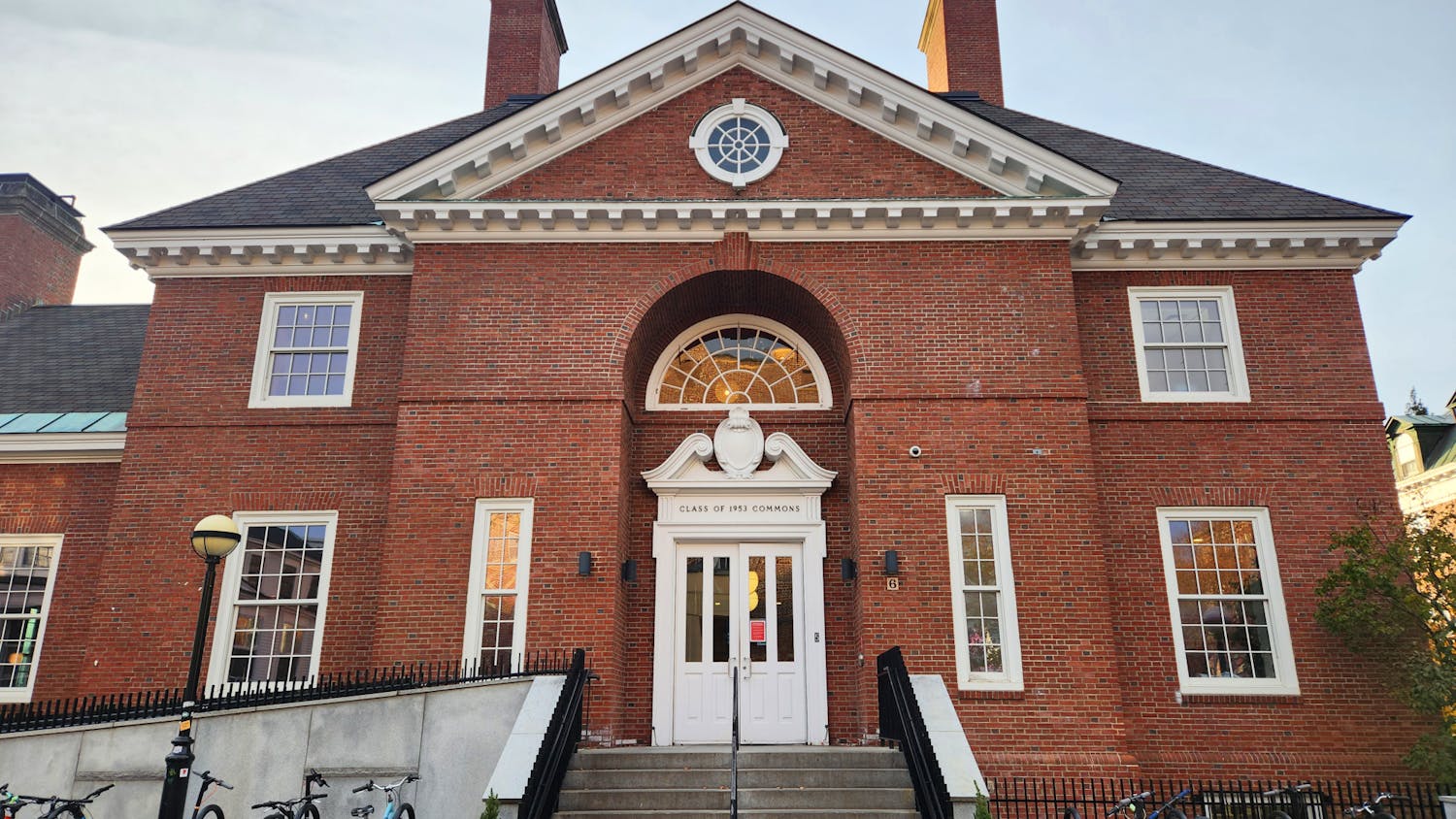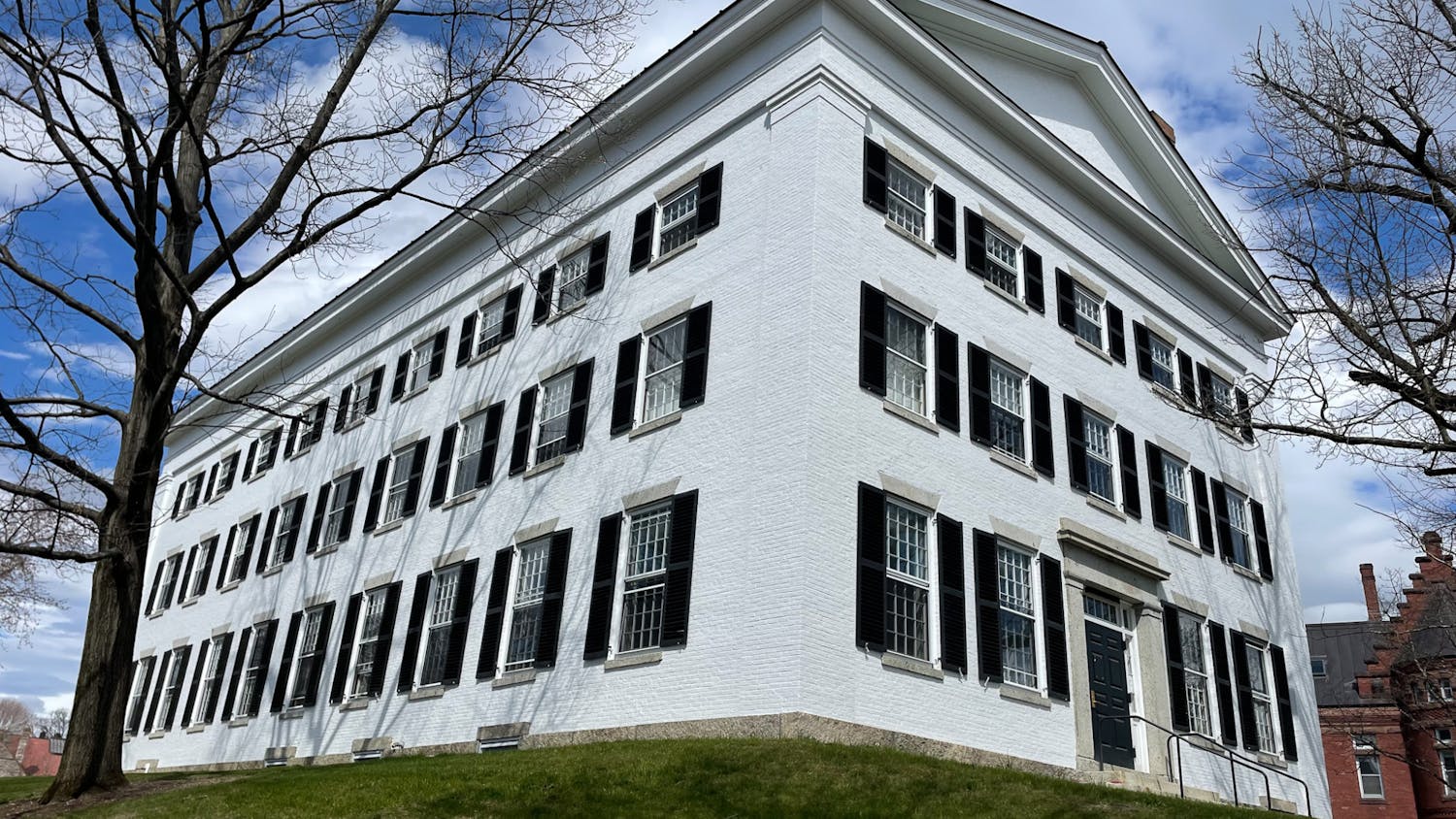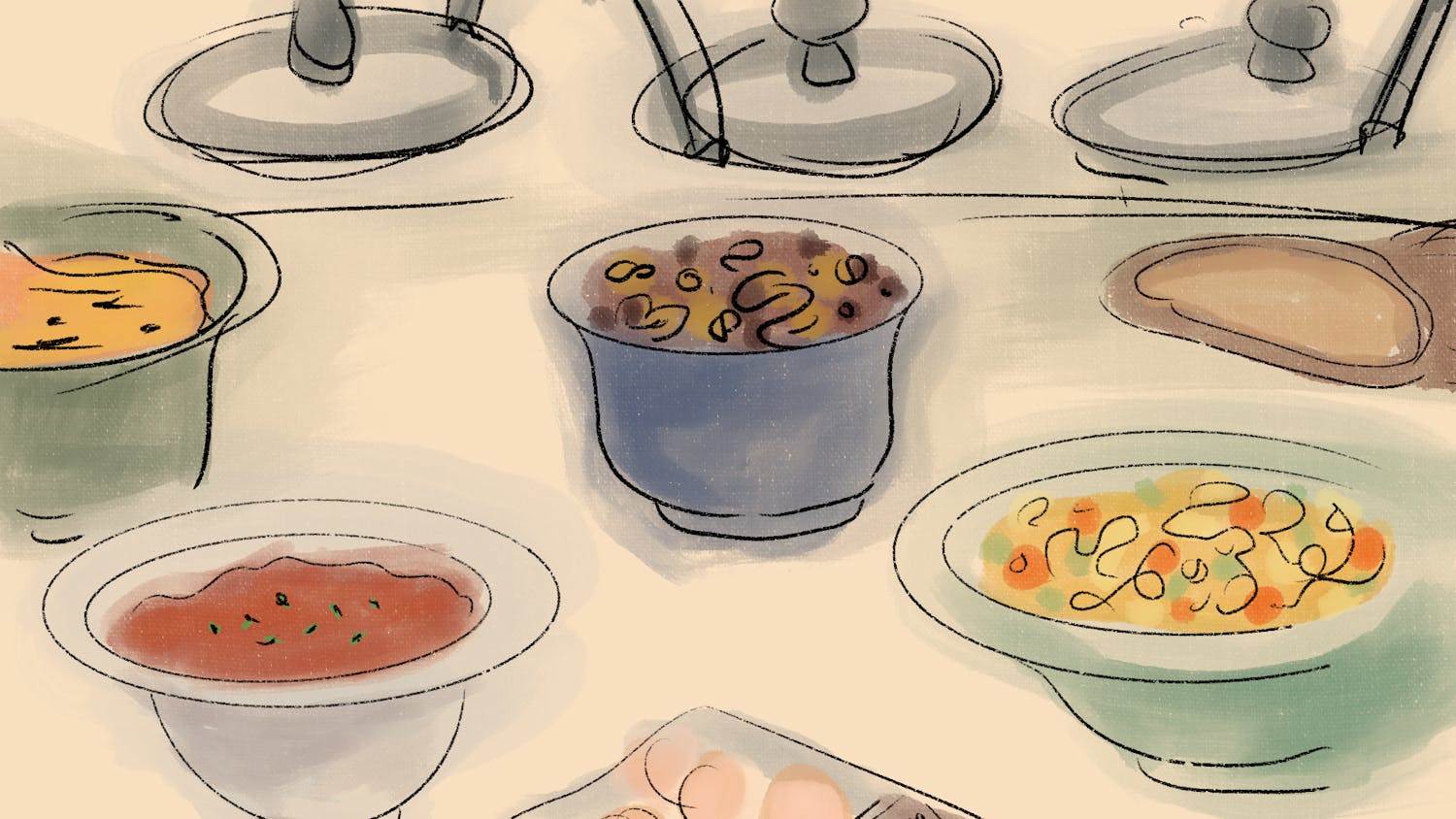By the end of this term, the Pan Asian Community resource room and the Rainbow Room will be moved from their current location on the first floor of Robinson Hall. The PAC room will be relocated to the Office of Pluralism and Leadership Student Resource Center — formerly known as the Center for Gender and Student Engagement — in the Choates cluster, while the Rainbow Room will be relocated to the Triangle House.
While the decision to relocate these rooms was made in previous years, OPAL and the Office of Student Life announced the fulfillment of these plans through a joint decision this term, according to senior assistant dean and OPAL director Reese Kelly. Both rooms at Robinson Hall will undergo renovations and there are no definitive plans for the future use of these rooms at the moment, he said.
According to current member of Asian American Students for Action at Dartmouth Jennifer Zhong ’18, since the announcement of the relocation of the affinity-based lounges earlier in the term, students have formed a working group of about 25 people to create a concrete action plan to keep these rooms in Robinson Hall. Zhong added that 4A uses the PAC room for storage and meetings, but she noted that many students are not aware of the existence of the PAC and Rainbow rooms.
The demands of the student working group include immediately canceling the relocation of the PAC and Rainbow rooms, guaranteeing Robinson Hall as the permanent location of both rooms, renovating both rooms with student input and expanding affinity group spaces in central locations on campus in the future, according to a document drafted by the group.
“Both of these spaces would be used more often if students were made more aware of their existence,” Zhong said. “To me, it doesn’t make sense that if you want students to use these rooms more, you would move them to locations that are out of the way for most students.”
Kelly said that after OPAL was relocated and consolidated to the second floor of the Collis Center from the OPAL Student Resource Center and their original shared space with the Undergraduate Deans Office in Baker-Berry Library, OPAL had to relinquish other spaces under its jurisdiction in exchange for the additional office space they were provided in Collis.
Kelly added that despite previous efforts to increase foot traffic in the PAC and Rainbow rooms in 2013 and 2014, the spaces still remained underutilized by students, which prompted the decision to move the rooms.
“The lounges are the most underutilized spaces of all things [OPAL has] a connection to,” Kelly said. “I think students do use them, but very few of them and [during] a few hours of the day, which makes it really hard for us to say we are going to hold on to these [rooms].”
The accommodations offered by other spaces on campus, such as the OPAL Student Resource Center — which has a kitchen, dining table and living room — led Spectra, a student organization for queer students and allies, to hold meetings at the center this past summer instead of in the Rainbow Room, according to Kelly. In addition, the floor plan of the Triangle House includes multipurpose rooms in the basement originally envisioned for similar purposes as those of the Rainbow Room, such as holding classes, workshops and student organization meetings, he said.
Currently, the OPAL Student Resource Center is open from 9 a.m. to 9 p.m., unlike the current rooms, which are open 24 hours a day. OPAL plans to monitor the use of the space with the help of student managers before considering establishing new hours, according to Kelly. He added that while the center will not be open all 24 hours, OPAL is in the process of renovating the center to make certain areas accessible to students when the rest of the center closes. All students have access to the Triangle House during the day, but it is only open to residents after certain hours in the night, depending on the term, Kelly said.
“Our hope is that opening up a student resource center, which is a much bigger space, will allow for [students to have] meals and will [provide] some place for storage for student organizations that don’t have storage space through other means,” Kelly said. “[This] will hopefully be more responsive to what students want.”
Jae Hong ’20 said that he uses both the PAC room and the Rainbow Room every day to study with friends, eat meals when Collis is too crowded and attend meetings held in these rooms. Hong added that the relocation of the Rainbow Room to the Triangle House — which has limited access — reduces community-oriented spaces and is counterintuitive to creating spaces on campus for communities that do not always feel welcome at Dartmouth.
According to Kelly, the new PAC room will ensure that the pan-Asian community, which does not have a stand-alone affinity house, still has access to an affinity lounge space. He said he hopes that the relocation of the Rainbow Room will attract more students to the Triangle House. Kelly noted that the intended purpose of affinity houses as community resources and residential spaces creates an internal tension where residents want their space respected, but also know that affinity houses function as a central hub on campus for particular communities.
The decision to relocate both rooms is definitive, and OPAL hopes to collaborate with the student working group on designing both of the new rooms to meet their specific needs, Kelly said.
Zhong said that the student organizations that use the PAC and Rainbow rooms will be given one week’s notice prior to the relocation of the rooms this term.
According to Zhong, the relocation of both rooms from a central part of campus illustrates the marginalization of under-served communities at Dartmouth and undermines the activist efforts of students and alumni.
“The Triangle House was an initiative put in place by donations from LGBTQ alumni, and the Asian-American [Living Learning Community] was an initiative put together by student activists a couple [of] years ago,” Zhong said. “It’s very disappointing that the administration uses the advancements of student and alumni activists who are trying to make more spaces for communities to thrive. The way that they are using those advancements as justification for taking away spaces that have historically existed for [marginalized communities], that’s very upsetting to me.”




